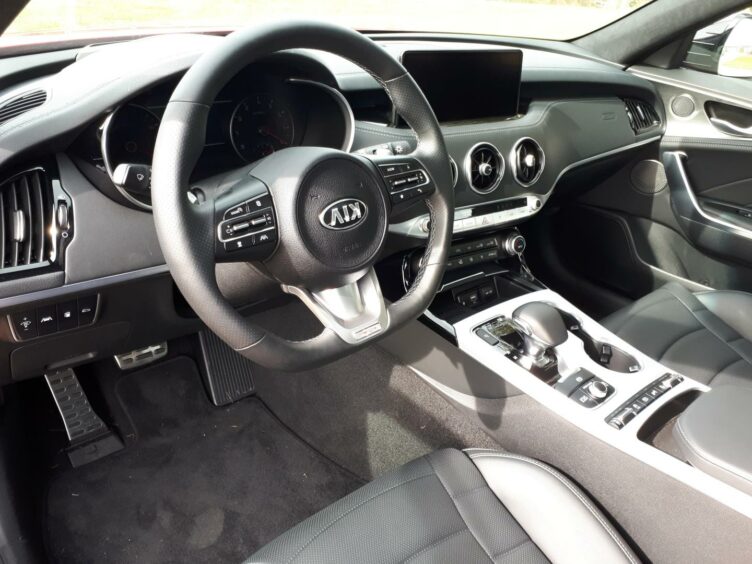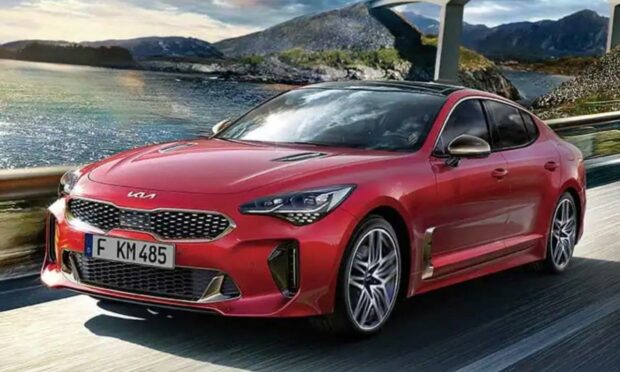One of the most interesting and much-admired cars I’ve driven lately doesn’t have a fancy Italian badge on the front or an equally extravagant price tag.
What’s even more surprising is that it comes from a brand that only a few years ago was hardly known at all, or dismissed as cheap rubbish filling the bargain basement showrooms.
The transformation of the Kia brand has been truly remarkable with only one hiccup, declaring bankruptcy in the late Eighties when it was badly hit by the Asian financial crisis.
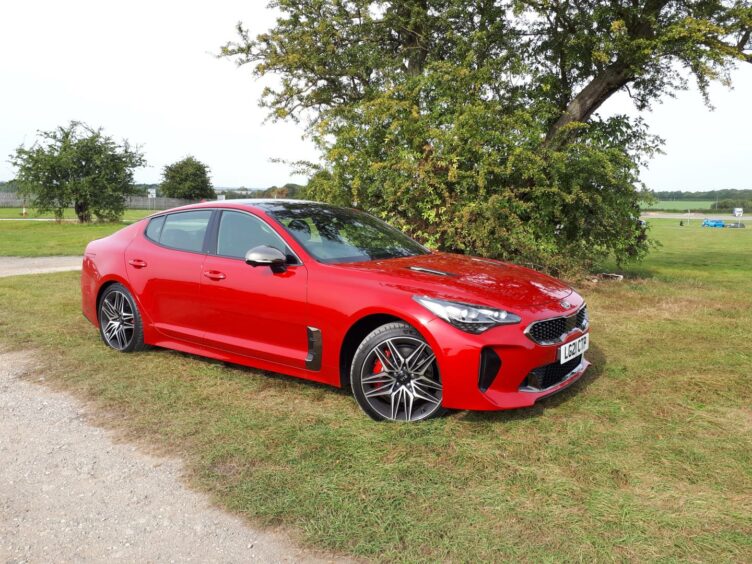
Following its partnership with fellow Korean group Hyundai it is performing well in a worldwide market facing tough issues ranging from the pandemic to microchip shortages and global turmoil.
Much of the credit for that goes to its design boss Peter Schreyer, best-known as the creator of the iconic Audi TT, but over his 16 years at Kia he has come up with some cracking designs across the range which have revitalised the brand.
From compact superminis, family hatches and saloons to impressive SUVs, they’ve proved popular with discerning buyers, many of whom were tempted by Kia’s impressive seven-year warranty and renowned value for money.
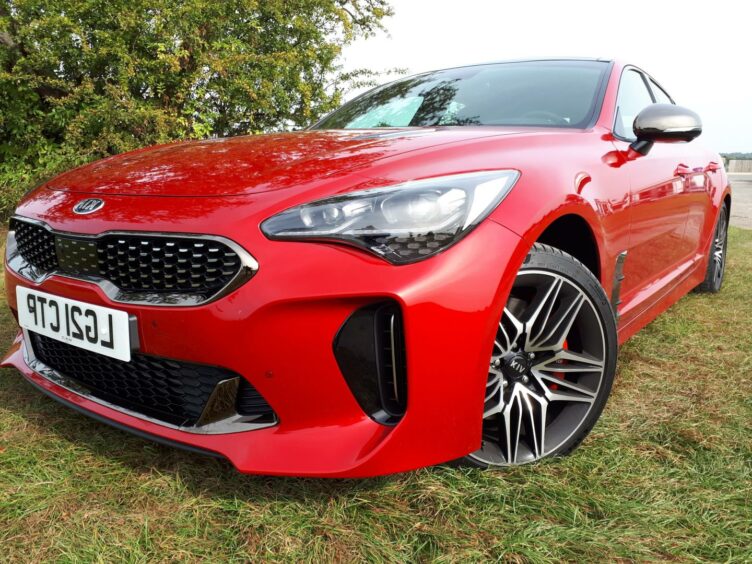
But for me, the star of the Kia show is the Stinger which was a radical departure from the company’s original image when it burst onto the scene a handful of years ago. It didn’t just have a no-nonsense name, it had looks to match.
The latest version follows a refresh of some of the finer details but overall, the exterior look stays its same dramatic self, apart from at the back end where the tail-lights are linked by a full-width LED strip.
I love some of the little touches such as the turn indicators which are now made up of ten individual LED units to give the impression of a chequered flag.
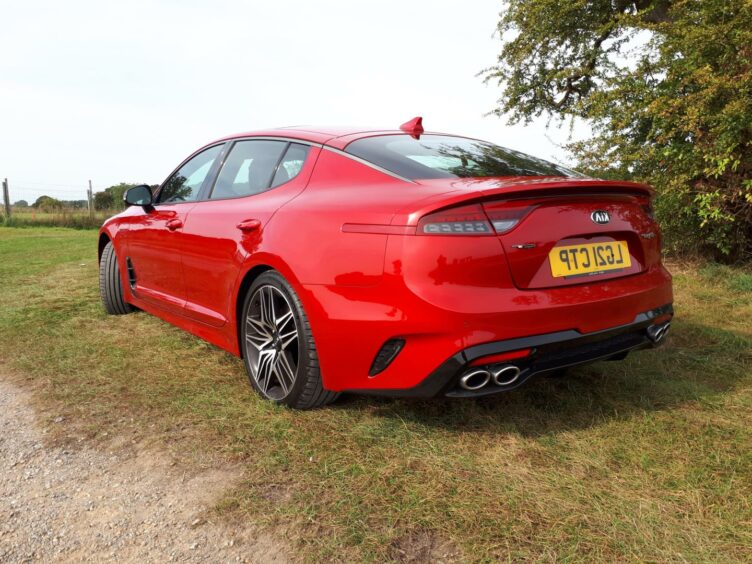
New 19-inch alloys also look the part against the dramatic red paintwork of the test car.
There have been more changes on the inside where the cockpit has been tweaked and smartened up to create a dramatic working area.
The rear view mirror is now frameless, there’s a lot of metallic trim around the dash and the area is dominated by a 10.25 inch widescreen infotainment display. The resolution has been improved considerably and there’s more information including live traffic updates and weather information.
At night, the cabin is bathed in 64-colour ambient lighting.
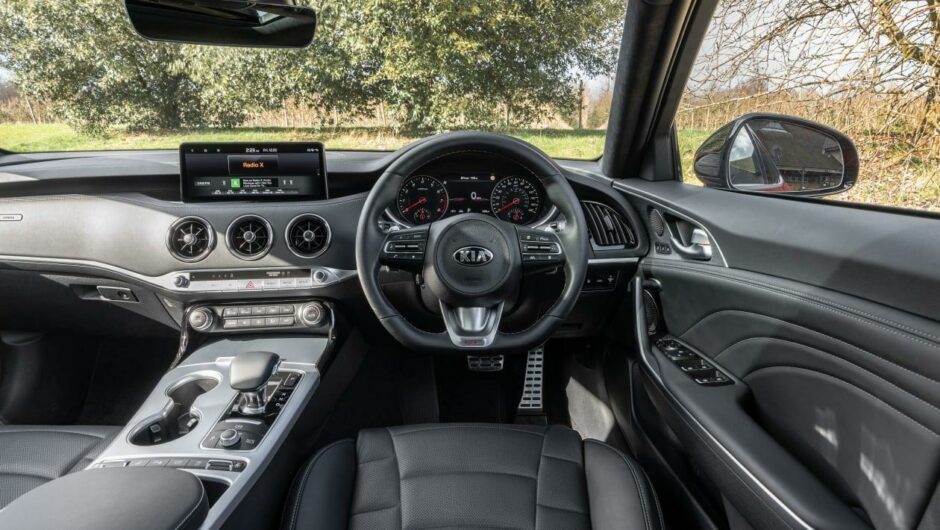
The latest Stinger also has the clever blind spot side-camera view – widely praised in some of the other Kia models – which pops up on one of the dashboard dials when either of the indicators are used.
There’s now only one engine option – a beefy 3.3 litre V6 twin-turbo petrol unit, after the withdrawal of the previous four-cylinder petrol and diesel options, and it certainly pushes out the power.
What’s interesting is that it feels quite tame, thanks to the eight-speed auto gearbox and the fact that the engine doesn’t growl – it just puts all the power quietly onto the road.
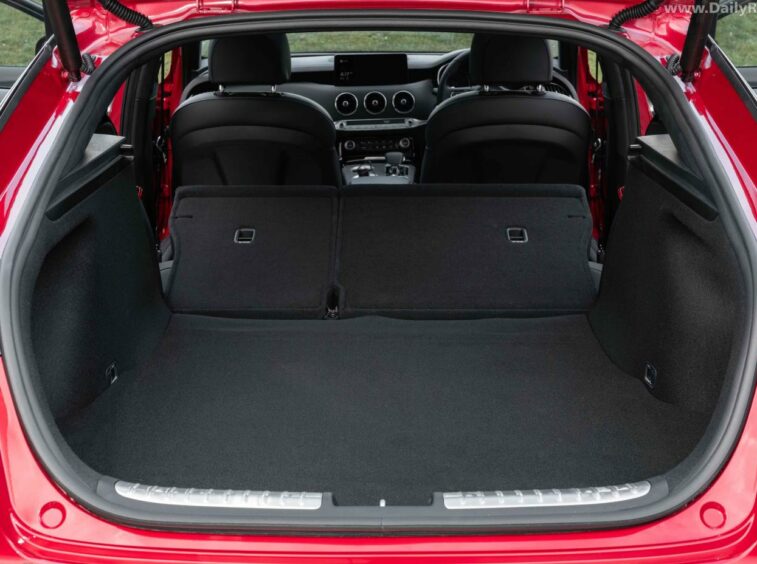
Don’t be deceived, though, because it’ll fling you from a standing start to 60mph in under five seconds to a potential top speed of 167mph which is good for what is a pretty heavy machine.
If you want to spice things up a bit you can hit the Sport mode which stiffens the suspension and steering while the active seat bolsters tighten to hold you in place through the bends with the reassurance of the bright red Brembo calipers if you need to cool things down a bit.
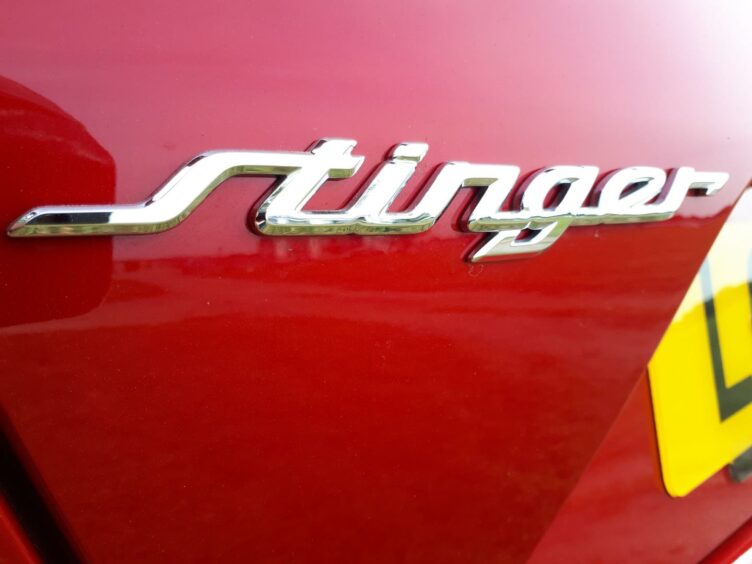
It’s a lovely big GT cruiser which is a challenge to the German competition and you’re likely to save at least £10,000 over an equivalent BMW or Audi. Not just that but the Stinger comes with loads of standard equipment which are costly options on the others.
It’s not all good news. The boot is smaller than the German models even though the Stinger is longer and wider and rear passenger space isn’t the best either.
And there’s its drink problem. The claimed economy is around 28 miles per gallon but unless you adopt a canny right foot – and that would be a shame in a car like this – you’ll find it’s more likely to be just over the 20 mark.
But….it’s great to drive and certainly looks the business.
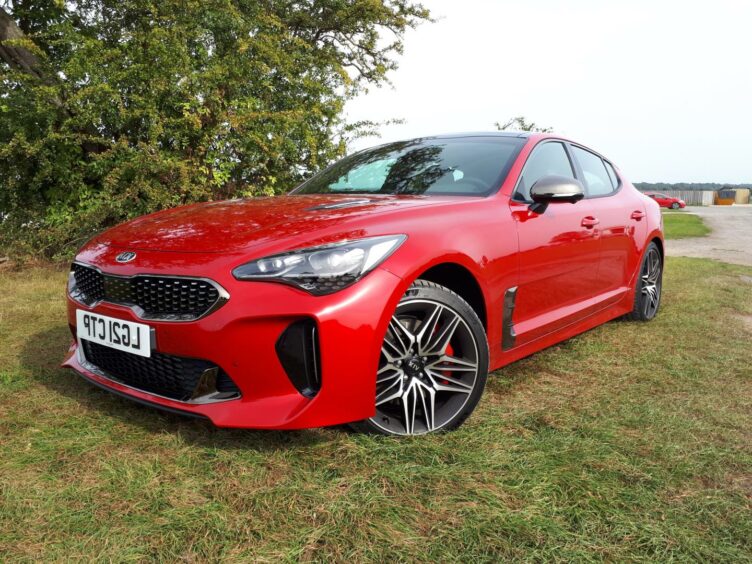
The Facts
Model: Kia Stinger T-GDi V6 GTS
Price: £43,330
0-60mph 4.7 secs
Top speed: 167mph
Economy: 28 mpg combined
C02 emissions: 229g/km
